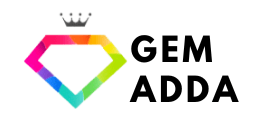Panna Stone/Emerald
PANNA STONE / EMERALD
Panna stone, or Emerald, is the most expensive gem in the world. It is associated with the heart chakra and represents the energy patterns of this chakra. Its color shades range from light to dark green and to bluish-green. It belong to the beryl mineral family and worn to strengthen the planet Mercury.



